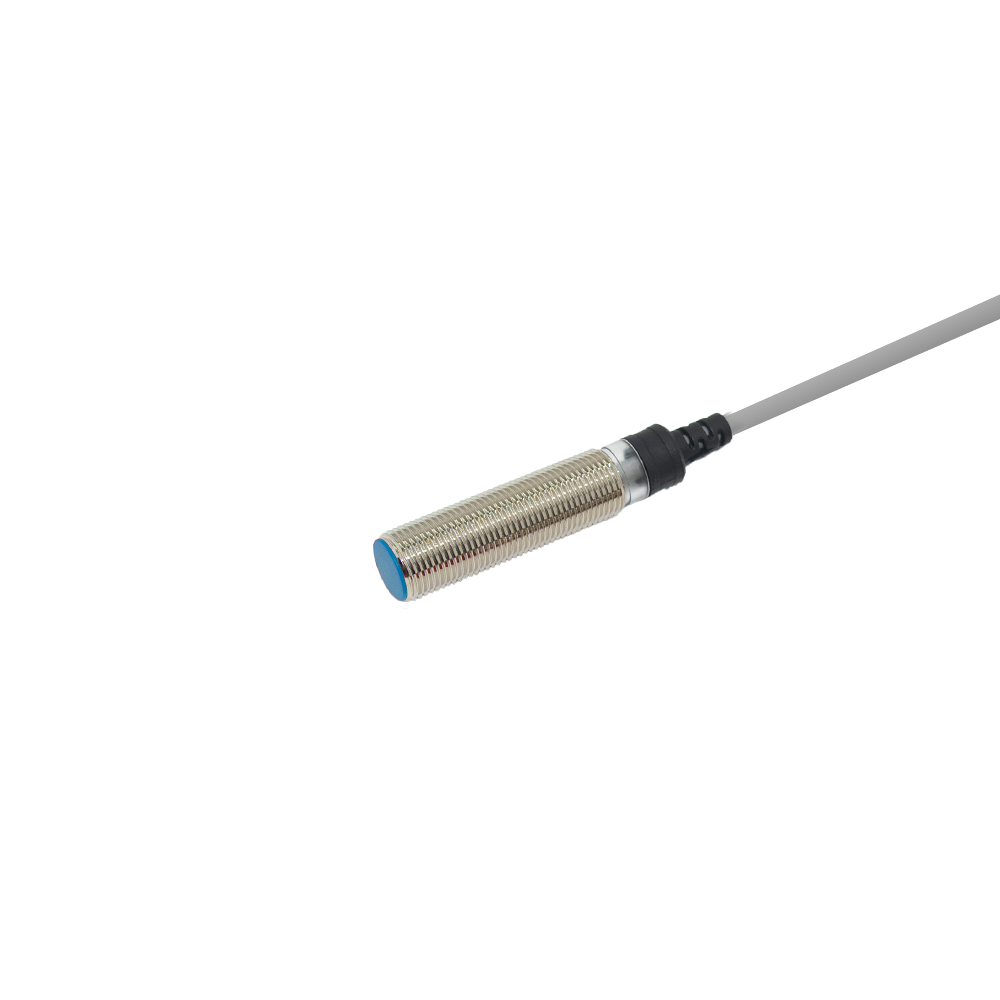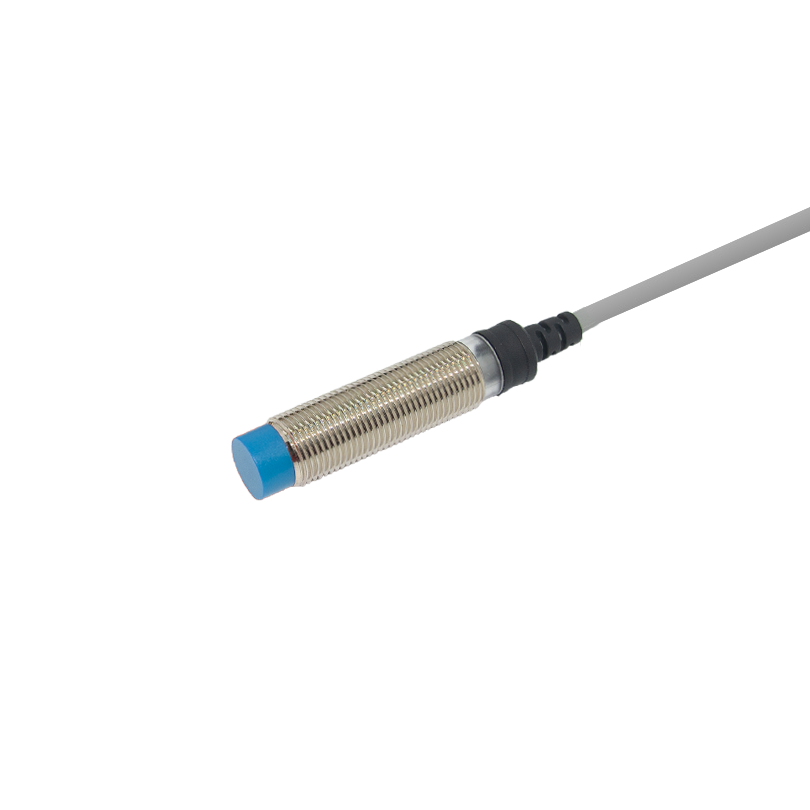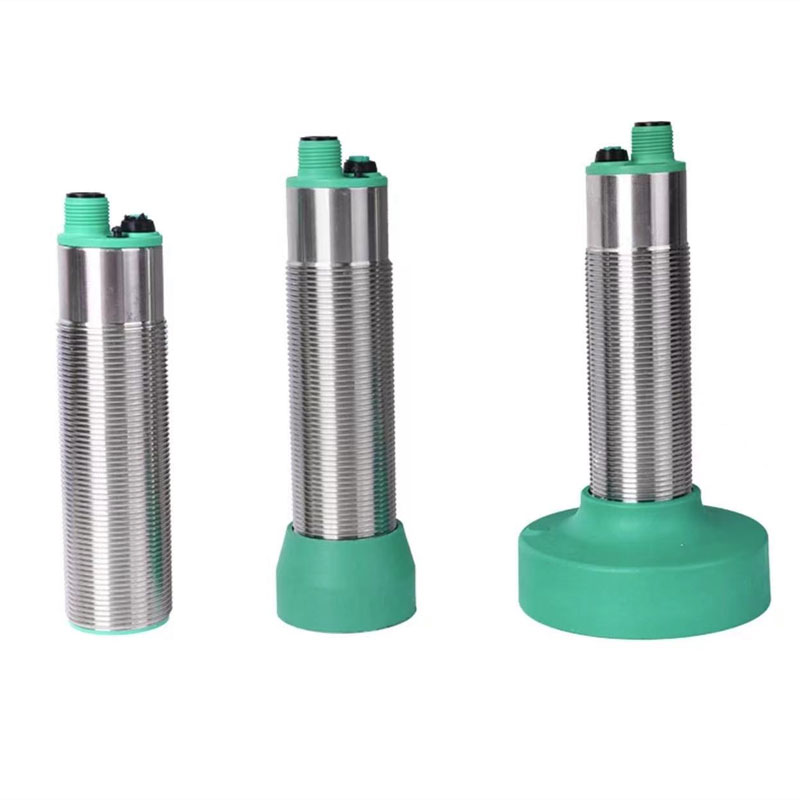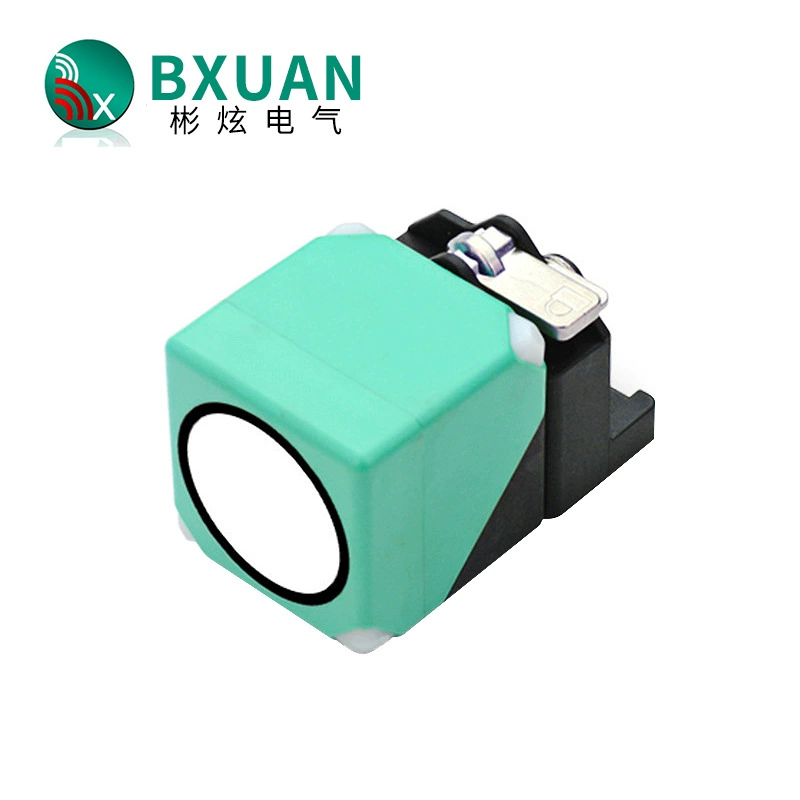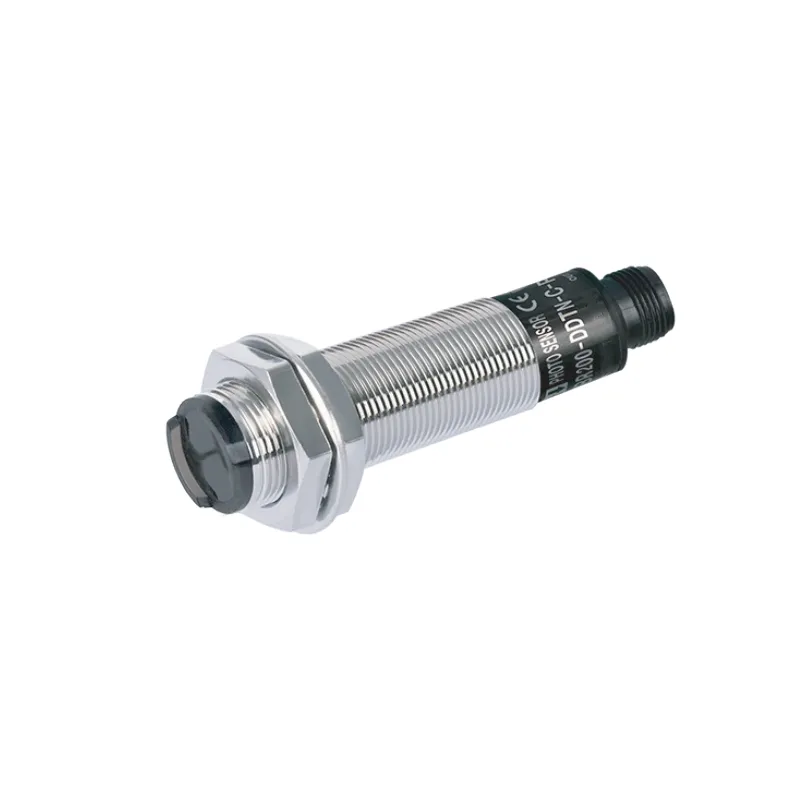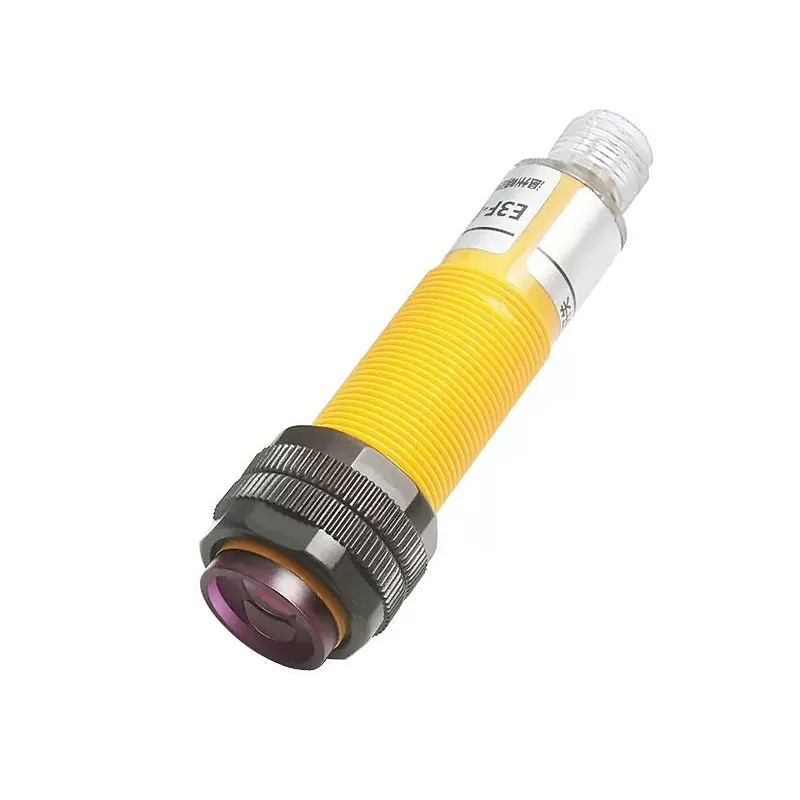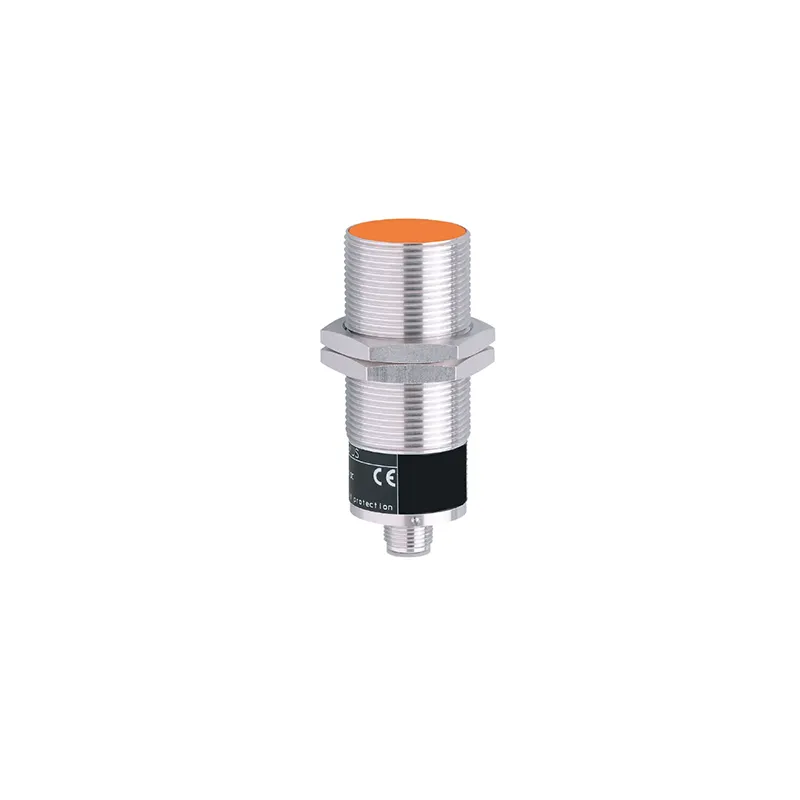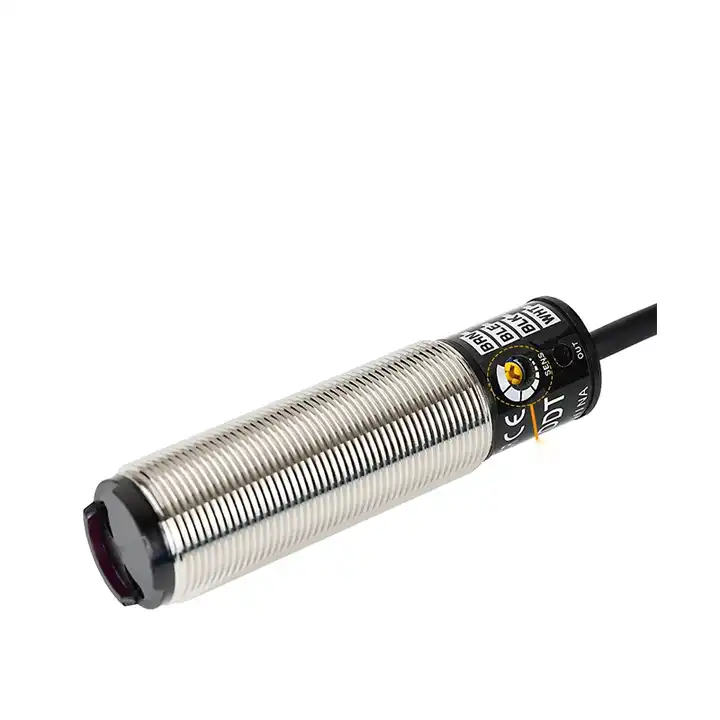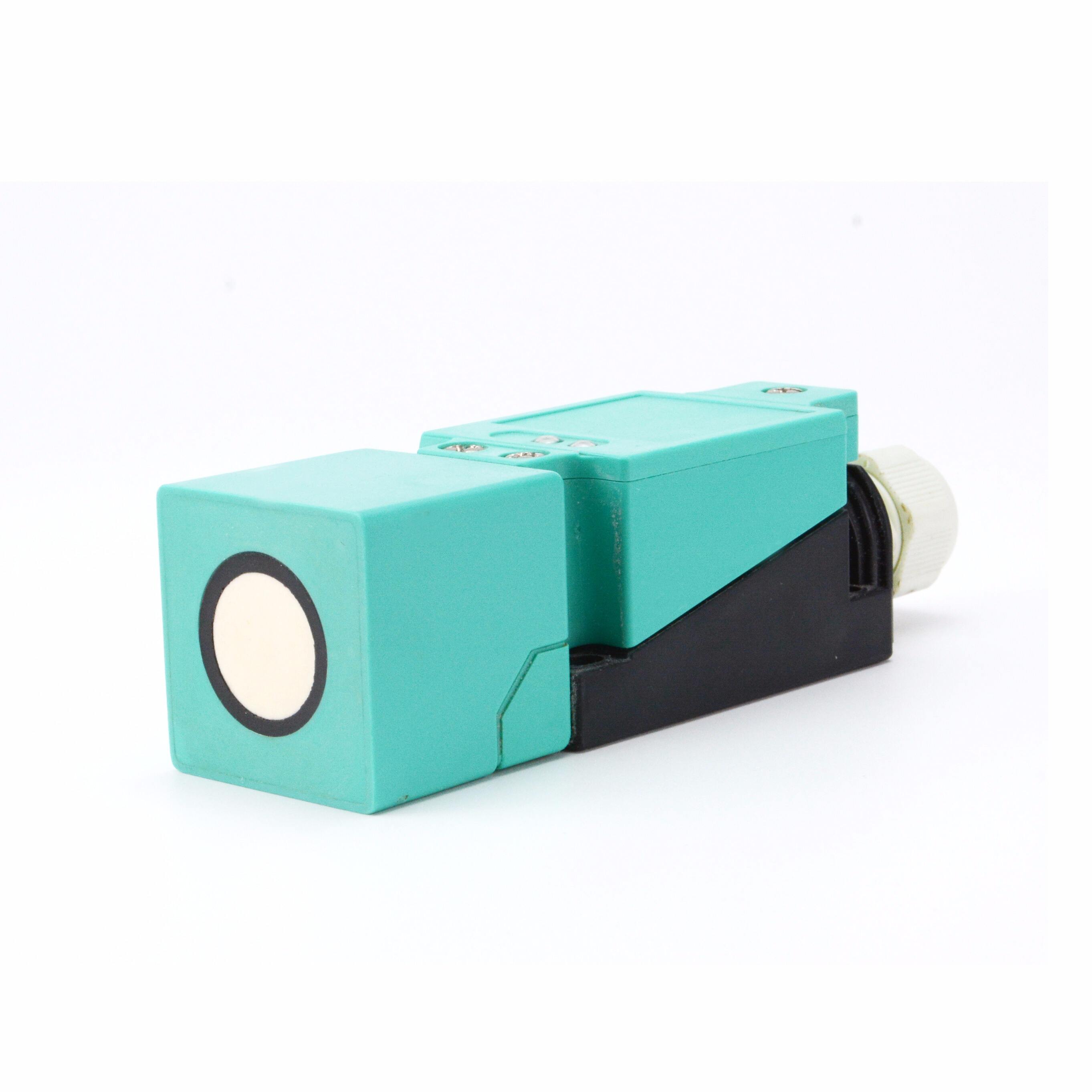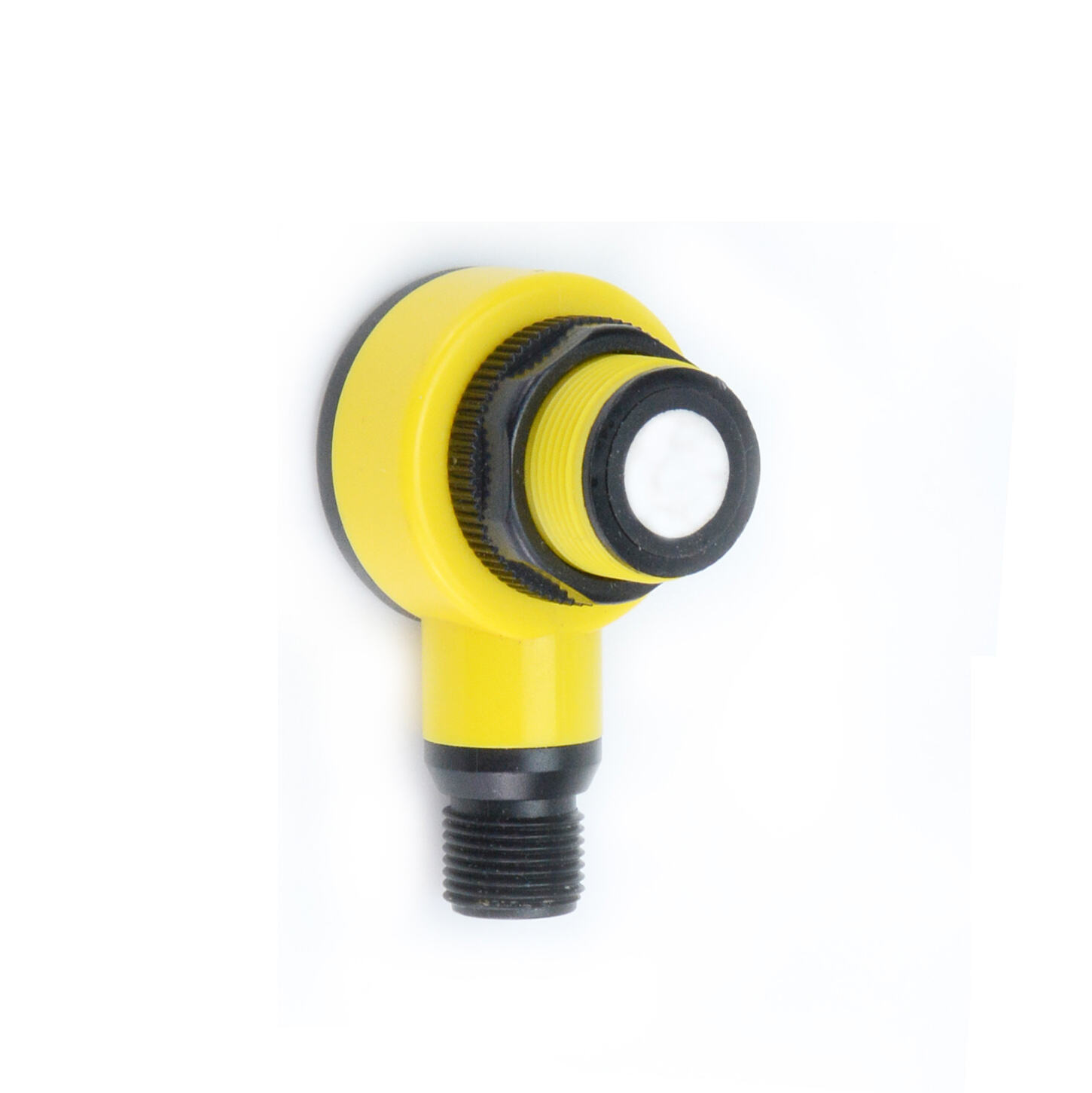hot water level sensor
A hot water level sensor is an advanced monitoring device designed to accurately measure and maintain water levels in various heating systems and containers. This sophisticated instrument combines precision engineering with smart technology to provide real-time measurements of water levels in hot water systems, tanks, and boilers. The sensor utilizes advanced sensing technologies, such as ultrasonic waves, capacitive sensing, or magnetic float mechanisms, to detect water levels with exceptional accuracy. Operating in high-temperature environments, these sensors are specifically engineered to withstand thermal stress while maintaining consistent performance. They integrate seamlessly with modern building management systems and can trigger automated responses when water levels fall below or exceed predetermined thresholds. The sensor's robust construction typically features corrosion-resistant materials, ensuring longevity even in challenging conditions. Applications span residential, commercial, and industrial settings, including water heaters, boilers, industrial processing equipment, and HVAC systems. These devices play a crucial role in preventing system damage from low water conditions and optimizing energy efficiency by maintaining optimal water levels.

